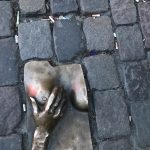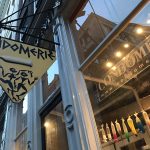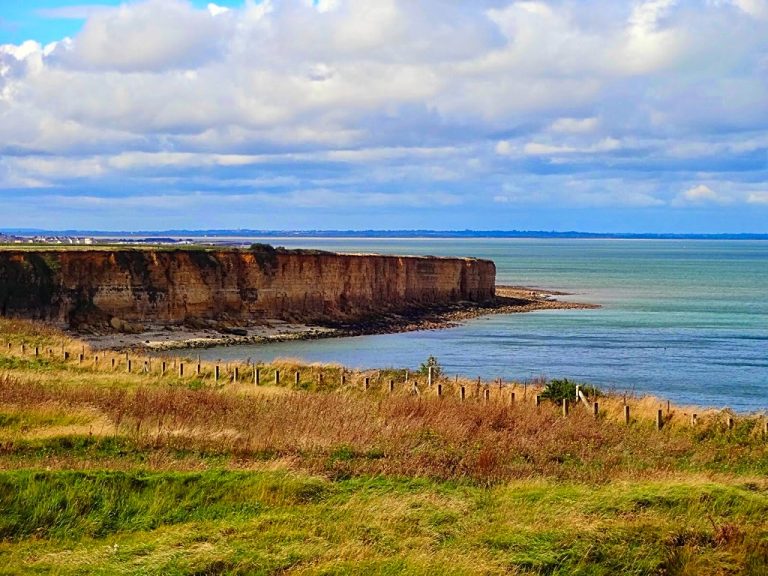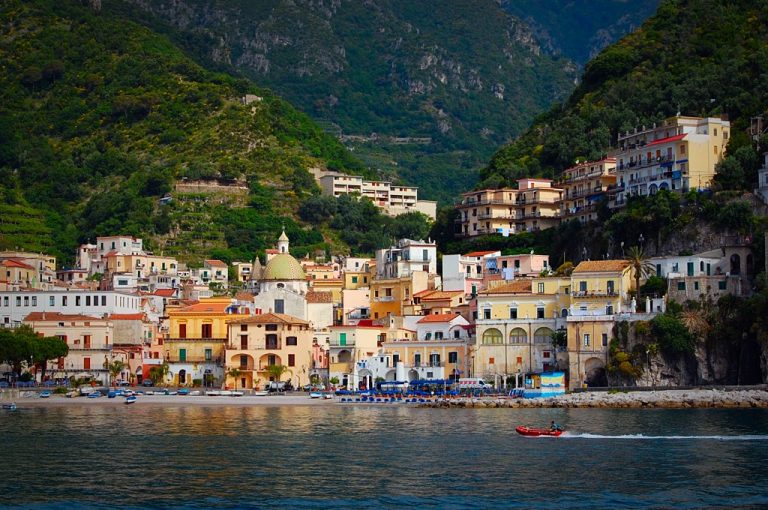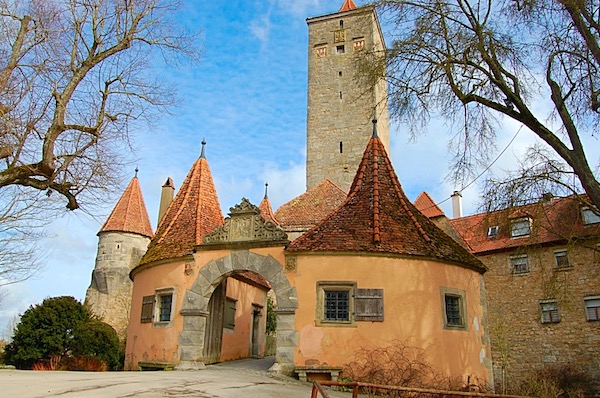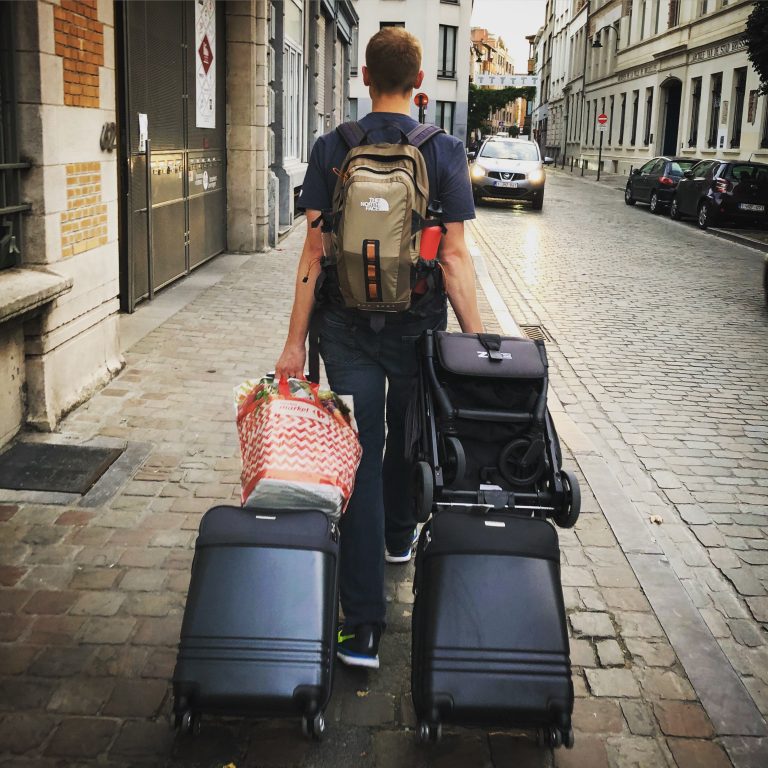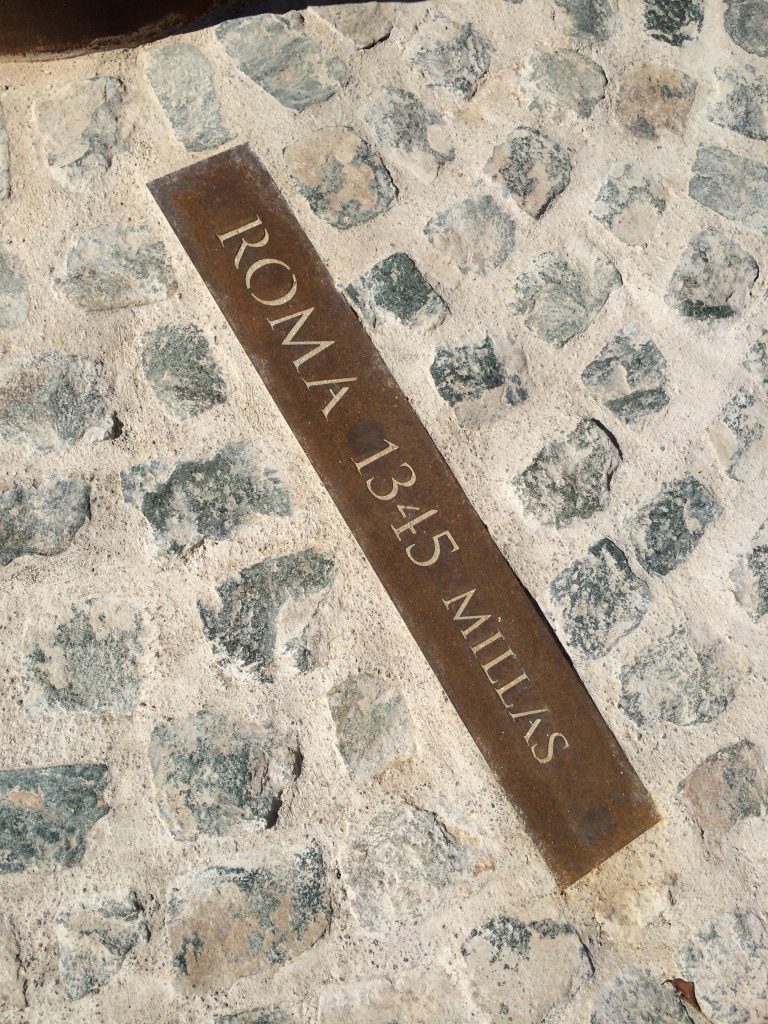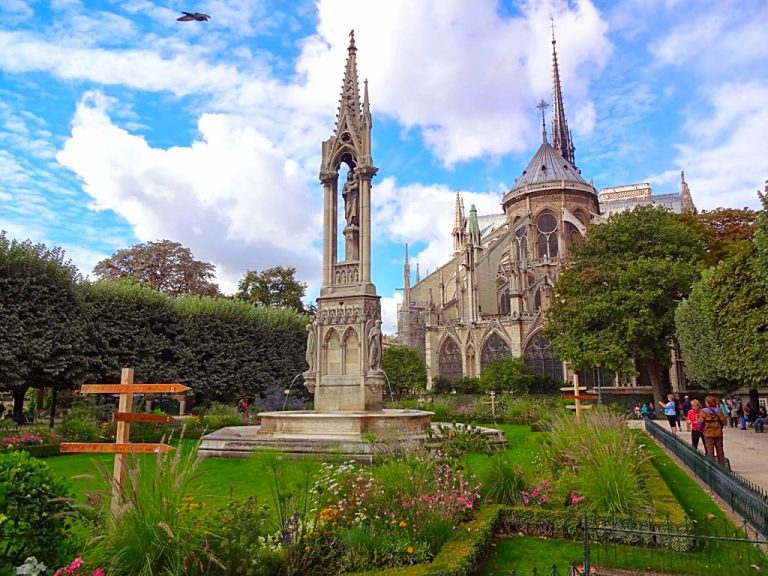How to Experience The Red Light District (Without Actually Partaking)
Amsterdam is the first city in all of my travels that I decided to do a couple of true city walking tours with a local. Don’t get me wrong, I love free time exploring and doing plenty of my own thing, but sometimes I want a break from looking at Google maps on my phone and navigating around. I want someone else to occasionally show me completely interesting things that I may never notice otherwise.
We had an awesome experience at the Red Light District in Amsterdam. For those reading along that aren’t sure on what exactly the Red Light District is, sorry to say it but you’ve been living under a proverbial rock. Prostitution in brothels has been going on for quite some time in the Netherlands and the area in Amsterdam called the Red Light District is extremely well known for such. In visiting the Red Light District and thinking it was very interesting, does not equate to me thinking that prostitution is great nor does it mean that I think girls should be doing it. I was interested in the “Why” factor:
- Why did this become legal here?
- Why the hell do these girls want to do it?
- Why red lights?
- What other random information on this topic should I know?
Just after dark, we set foot down the small streets of the Red Light District as our guide stopped at various points of interest along the way. After walking past various little storefronts selling anything and everything – from a “condomerie shop” to some selling things beyond 50 Shades of Grey, we stopped with an old cobblestone church in front of us, our guide pointed out Belle.

Belle is a statue dedicated to the women of prostitution, ironically right outside of a church (the church is only used for exhibitions not for mass). The statue of Belle is representative of a 16 year old girl, complete with high heels, framed with the outline of her red light window around her. As we were led through various brothel areas, our guide said that we are not allowed to take any pictures of the girls (attention creepers). Some of these areas were small alleyways intersecting the (still small) main roads. Different blocks are separated into different geographical region. One block contains European women, another African, another Transgender, etc. On average, they make ~$1,050 euro/night. The transgender gals make ~2,000 euro/night. Men (or women) pay 50 euro for 15 minutes and after the 15 minutes are up, the girl kick them out. The tall, glass, floor to ceiling window doors complete with red light hanging above them, can only open from the inside. This makes it up to the girl who she opens the door for. There are around two thousand prostitutes working in Amsterdam and it is considered the most dangerous job in the world. Despite being legal, it is still frowned upon by the government here, making it difficult for girls to get a job with a brothel. The rooms are rented by the girls for 150 euro/shift.
Other than the brothels randomly along this neighborhood, it really looks like many other areas and streets in Amsterdam (at least at night and on a first visit). While coffeeshops that appear as one word, not “coffee shop” as two words are all over Amsterdam, we were shown one said to be the oldest The Bulldog. Coffeeshops (one word), sell marijuana – up to 5 grams per person.
We walked past rows of interesting restaurants and pubs, made our way through “China Town,” and eventually walked to the harbor. Near the harbor area, which is close to the Centrale Station (and our hotel), our guide pointed out that some of the roads and land here were built over the sea. Amsterdam is below sea level, thus a big part of the reason why canals frequent the town. A building structure in particular that looks like an old, wide, cylindrical little fortress – “The Weeping Tower” sits among the hustle and bustle of this action packed area. It’s one of those things that would almost go unnoticed if no one pointed it out. This tower is where women would wait for their sailors (a lot of whom never returned) and watch out the windows towards the sea.
This was such an interesting way to cover so much. I highly recommend getting the history and information from al local for a completely different type of tour that can only be done in Amsterdam. Heading to Amsterdam?- I can book this for you. Reach out to me. 🙂
Oh, how did the color red for the light come to be? – Red lights mask imperfections making prostitutes look better. Back in the day, it was used to mask signs and marks of STDs, making them appear unnoticed. Eeek!
More information on the Red Light District can be found here.

